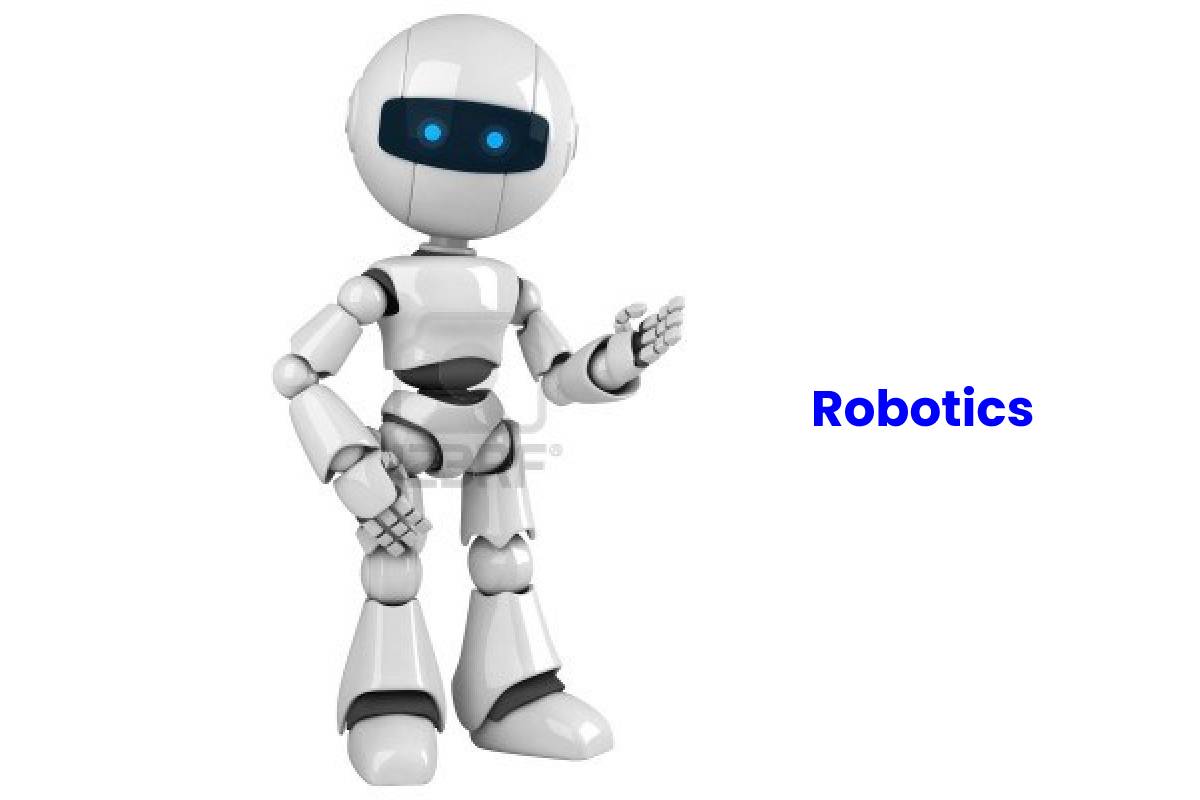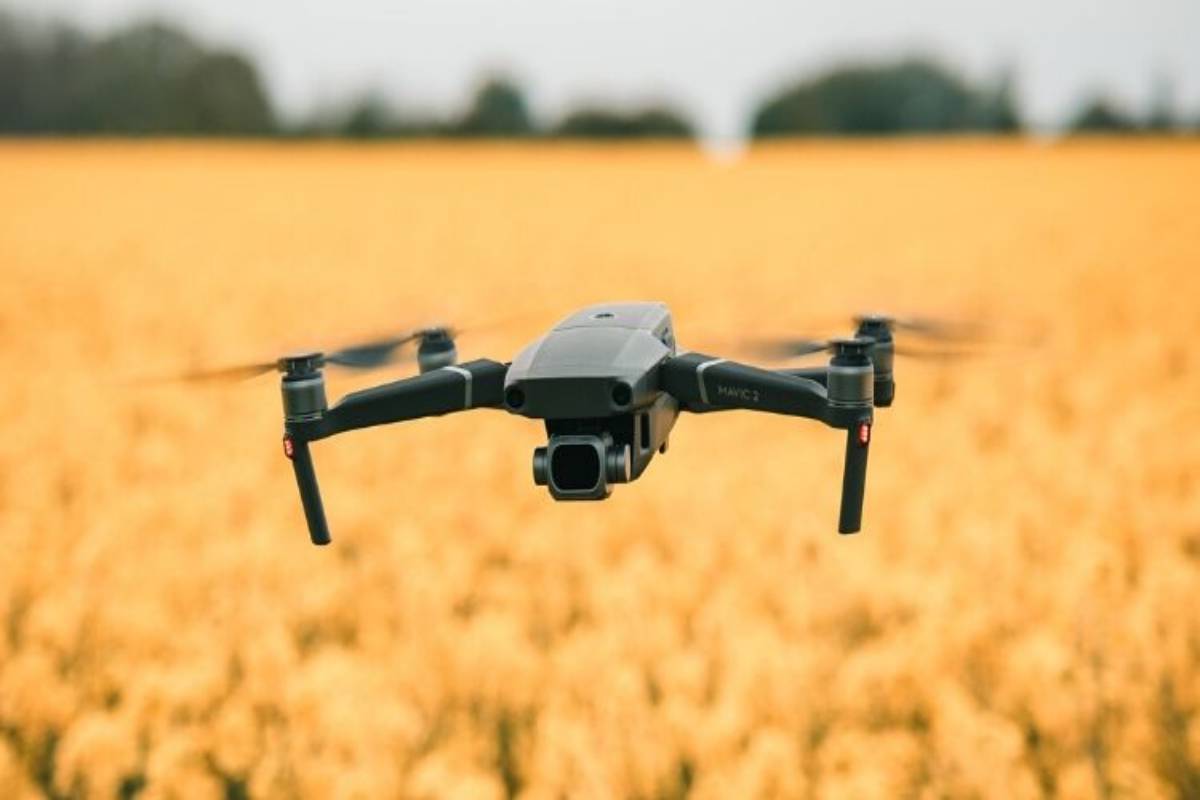Table of Contents
Robotics Definition
Robotics is a term that is no longer alien to our everyday vocabulary; on the contrary, it has become so common that it attracts more and more young people.
It has been so relevant in a society that even preschool children know about it and manipulates robots.
In most responses, they describe what is related to machines with human characteristics and refer to robots they know from science fiction and the film industry.
It, as we know it today, has its origins thousands of years ago. However, facts recorded throughout history indicate that the name knew robots of automata in ancient times, and robotics was not recognized as a science. Moreover, the word robot arose long after the origin of the automata.
Applications of Robotics

The notion of robotics implies a specific preconceived idea of a universal mechanical structure capable of adapting, like man, to very different types of actions, highlighting the characteristics of mobility, programming, autonomy, and multifunctionality to a greater or lesser degree.
However, it currently encompasses a wide range of devices with very diverse physical and functional features associated with their particular mechanical structure, their operational characteristics, and the field of application for which they have been designed.
It is important to note that all these factors are closely related, in such a way that the configuration and behavior of a robot determine its suitability for a given field of applications and vice versa, despite the inherent versatility of the robot concept itself.
Robotics application fields:
1. Industry
- At present, robots are widely used in industry, being an indispensable element in most manufacturing processes.
- Due to its multifunctional nature, the industrial robot can carry out some tasks.
- It is necessary to be willing to admit changes in the development of the primitive process, such as modifications in the design of parts, replacement of systems, etc., that facilitate and make it possible to introduce the robot.
- For example, the type of robot used, such as loading speed, control capacity, etc., must be considered.
- The General Motors company uses approximately 16,000 robots for spot welding, painting, machine loading, parts transfer, and assembly.
Foundry Works
Injection casting was the first robotic process (1960). In this process, the material used, which is in a liquid state, is injected under pressure into a mold made up of two halves held together during the injection. The solidified part is extracted from the mold and cooled for its subsequent deburring.
In injection molding, the robot can perform the following tasks:
- Extraction of the parts from the mold and transport them to a cooling sector and later to another process (deburring, cutting, etc.).
- We are placing parts inside the molds.
- The loads handled by the robots are medium or high. They do not need great precision (except if they must place parts inside the mold), their field of action must be extensive, and their control system is generally straightforward.
- Another casting process is investment casting, investment casting, or spell casting. It allows melting parts with great precision and a good surface finish.
- The robot performs tasks related to the formation of the refractory material mold from the wax mold.
- The robot has a unique gripper, collects a set of several joined models, and introduces it into a mass of fine grain, interspersing extractions and centrifugations to obtain a uniform coating.
Material Transfer Application
- Material transfer applications define those operations in which the primary objective is to move apart from one position to another.
- They are considered among the most straightforward procedures to perform by robots.
- An unsophisticated robot is commonly required for material transfer applications, and interlocking requirements with other equipment are typically straightforward.
Palletizing
- It is a handling process consisting of arranging parts on a platform or tray, known as a pallet. These pieces inhabit predetermined positions, ensuring stability and ease of handling.
- Different types of machines perform palletizing operations, which, compared to a robot, have advantages in speed and cost. However, they are rigid in their process, and unable to modify their loading and unloading tasks.
- However, robots can perform palletizing applications with an advantage, where the shape, number or general characteristics of the products to handle the change with a specific frequency.
- In these cases, an adequate control program allows for solving the loading and unloading operations, optimizing the robot’s movements so that the pallet capacity can be used to the maximum or meet any other requirement.
- Palletizing tasks involve the handling of large loads of high weight and dimensions. For this reason, the robots used are generally large, with a load capacity of 10 to 100kg. Despite this, applications can be found for palletizing small pieces, in which a robot with a total of 5 kg is sufficient.
Loading and Unloading of Machines
The dangerousness and monotony of the loading and unloading operations of machines such as presses, stamping machines, ovens, or the possibility of using the same robot to transfer a part through different processing machines have led many companies having introduce robots in their workshops.
Loading or unloading operations are material handling operations in which the robot used to serve a production machine by transferring parts to/from the devices.
There are three cases within this category of application:
Machine Loading / Unloading: The robot loads a rough workpiece into the process and unloads an over the piece. An example of this case is a machining operation.
Machine Loading: The robot must load the raw workpiece to the machines’ materials, but the piece is extracted through another means. In a pressing operation, the robot can program load sheet metal into the press, but the finished parts fall out of the press by gravity.
Machine Unloading: The machine produces finished parts from raw materials that load directly into the device without robots’ aid. The robot unloads the domain from the device. Examples of this include die casting and plastic moulding applications.
Processing Operations
In addition to part handling applications, there are many applications in which robots perform work directly on parts. This job generally requires the end effector of the robot to be a tool rather than a gripper.
Within this range of applications, the following stand out:
Spot Welding: This is a procedure in which two metal pieces weld in localized spots by passing a large electrical current through the welding works.
Continuous Arc Welding: Arc welding is an ongoing welding process instead of spot welding, which could be considered a discontinuous function. Continuous arc welding is used to get long joints or large welded joints in which a tight seal is often required between the two pieces of metal to be joined. The process uses a metal rod or wire-shaped electrode to deliver a high electrical current of 100 to 300 amps.
Application of Materials Painting: Most metallic materials require some form of paint finishing before delivery to the customer. The technology for applying these finishes varies in complexity, from simple manual methods to highly sophisticated automatic techniques.
Application of Adhesives and Sealants: In the automobile industry, robots frequently use to apply cords of sealant material or adhesives (window and windshield sealants, anti-corrosion material, etc.)
Deburring: It consists of removing burrs from metal or plastic parts, coming from a previous process such as casting, stamping, etc. The robotics carries a tool rendering to the request, which must follow the part’s contour, which involves many cases.
Cutting: The cutting of materials is a new and fascinating application. The robot’s reprogramming capacity and its integration into a CIM system make it ideal for transporting the cutting tool by precisely carrying out a previously defined cutting program through a Computer-Aided Design (CAD) system.
Other Process Operations
In addition to spot welding, arc welding, and those mentioned above, many other robotics applications use specialised tools as the end effector.
Some of these operations are:
- Drilling, grooving, and other machining applications;
- Grinding, polishing, brushing and similar operations;
- Riveted
- Drill.
Assembly
- The robotics used in the assembly requires great precision and repeatability, not being necessary to handle large loads.
- The most widely used robots are the Scara, due to their low cost and useful characteristics, among which their selective adaptability stands out.
- Cartesian robots also frequently use due to their high precision and collaborative robots in general. It is beneficial for these applications.
- Assembly is one of the fastest-growing industrial applications of robotics. It requires greater precision than welding or painting and employs inexpensive sensor systems and cheap, powerful computers.
- Robots use, for example, the assembly of electronic devices to mount microchips on circuit boards.
2. Service Robots
There are sectors in which it is not necessary to achieve high productivity, where the tasks performed not repetitive. And there is no detailed knowledge of the environment.
There is no possibility of systematizing and classifying the possible applications since they respond to isolated solutions to specific problems.
In general, the application of robotics to these sectors is characterized by the lack of structure, both in the environment. And in the task to carry out, the little importance on economic profitability.
Laboratories
Lately, robotics are finding a large number of applications in laboratories. These effectively carry out repetitive tasks such as placing test tubes inside measuring instruments.
Robotics use to perform automated manual procedures. A typical sample preparation system consists of a robot and a lab station. It contains balances, dispensers, centrifuges, test tube racks, etc. The samples move from the robot’s laboratory station under the control of procedures of a program.
The manufacturers of these systems mention three advantages over manual operation:
- They increase productivity.
- They improve quality control.
- And also, they reduce human exposure to harmful chemicals.
Nuclear Industry
Robotic technology found its first application in the nuclear industry to develop telemarketers to handle radioactive material: various remotely controlled robots and vehicles used for this purpose in places where catastrophe occur.
This robot class mostly equipped with sophisticated equipment to detect radiation levels, cameras. And even bring a mini-laboratory on board for testing. Among the various robotics applications, those of maintenance contaminate areas and waste handling stand out.
Inspection of a nuclear reactor’s steam generator tubes: Inspection and maintenance operations in the most polluted areas of a nuclear power plant are by nature long and expensive. In addition to being done manually, the exposure of the operators to radiation is a critical factor. Robotics implies a high cost due to the temporary interruption of the operation of the system.
Handling radioactive waste: The nuclear industry generates a considerable amount of radioactive waste of low contamination (clothing, paper-plastic containers) or high (remains of reactor cells, materials in direct contact with radioactive areas). The shape, size and weight of these waste are variable, and it is necessary to deposit them in special containers.
For this task, telemanipulators with mechanical connection controlled directly by an operator through a glass use or systems with remote control by radio or cable in the case of high contamination.
Agriculture
- For many, the idea of having a farmer robot is science fiction. However, the reality is very different. The Australian Research Institute has invested a great deal of money and time in developing these types of robots.
- Another project developed due to the shortage of workers in the workshops consists of making the automated system a workshop.
- The prototype requires a high level of coordination between a video camera. And the end effector that it performs in less than 30 seconds eight cuts to the pig’s body.
- In France, practical applications include robots in planting and pruning vineyards, as in apple picking.
Space
- The exploration of space presents particular problems for the use of robots, and it is also a hostile place for humans. It is costly protective equipment required both on Earth and in Space.
- For this reason, many scientists have the option that it is necessary to use Robots to continue with advances in space exploration. Still, as such a precise degree of automation has not yet reached this application, they have not replaced the human being.
- On the other hand, telemarketers used to perform tasks on space shuttles.
- In March 1982, the shuttle Columbia was the first to use this type of robot, although the human being participates in realising the closed-loop control.
- Some research also carries out, aiming at the design, construction, and control of autonomous vehicles. It will carry complex laboratories and highly sophisticated cameras to explore other planets.
Underwater Vehicles
- Two events during the summer of 1985 sparked a surge in interest in underwater vehicles:
- An Air Indian plane crashed into the Atlantic Ocean off the coast of Ireland. A remotely guided underwater vehicle, customarily used for cable laying, use to find and retrieve the plane’s black box.
- At the bottom of a canyon, Titanic discovery was four kilometres below the surface, remains after the collision with an iceberg in 191. An underwater vehicle use to find, explore and film the find.
Also Read: Protect Yourself Against Common Stock Scams












